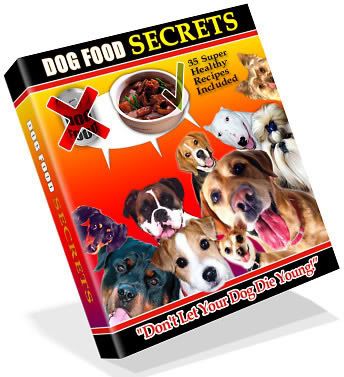Dog Poison: 3 Treats your Dog should Never be Given.
There are a number of everyday foods that are harmful for dogs, but three of them are foods that might be easily be used as training treats. Don't ever use these again, even if you have used them in the past.
1) Sugar free sweets
A common sweetener, Xylitol, is poisonous to some dogs. It can cause liver damage and even death in quite small quantities. If your dog eats sweets that contain Xylitol, you should contact your vet immediately. The danger of Xylitol was only discovered in 2004, so your vet may still not be familiar with the problem.
2) Chocolate
Chocolate intended for humans (dog chocolates are especially formulated to be safe) should never be given as a treat to your dog, as it contains Theobromine. This effects the dog's nervous system, making him hyperactive, and can bring on epileptic type fits. Symptoms of chocolate poisoning include an increase in the dog's heart rate, arrhythmia (an uneven heart-rate), restlessness, hyperactivity, muscle twitching, increased urination and excessive panting. As the condition worsens, the dog can suffer from hypothermia, muscle tremors, seizures, coma and even death.
According to the ASPCA (The American Society for the Prevention of Cruelty to Animals), the 'LD50' toxic dose of Theobromine (the dose at which 50% of dogs would die) is around 100mg/Kg of body weight. Note: For 50% of animals, lower doses may prove fatal.
But how much chocolate is this?
Different kinds of chocolate contain different amounts of Theobromine, with very low concentrations in white chocolate, and high concentrations in dark (semi-sweet) and baking chocolates.
As a rough guide the fatal dose of chocolate for the average dog is:
60g/Kg (1 oz per lb) of body weight for milk chocolate.
20g/Kg (0.3 oz for lb)of body weight for semi-sweet chocolate
7g/Kg (0.1 oz per lb) of body weight for baking chocolate.
Remember that your dog's overall health, age and diet will effect their resistance to Theobromine poisoning, so the guide above is just that – a guide. The best way to avoid poisoning your dog is to avoid chocolate altogether!
3) Grapes and raisins
Grapes are an easy treat to give a dog, especially as a 'one for you, one for me' snack. But don't! Grape toxicity has only recently been discovered, and is not understood. There appears to be no difference in shop-bought or home-grown grapes, and the toxicity is due to the grape and not any pesticide or heavy metal contamination.
Early symptoms of poisoning are vomiting and diarrhoea, appearing between 6 and 24 hours after eating the grapes, leading to possible kidney failure and death. The process can take between 3 days and 3 weeks.
There are no detailed studies, but early indications are that the following amounts of fruit could be fatal:
20g / Kg (0.3 oz / lb)of body weight for grapes
3g / Kg (0.05 oz / lb) of body weight of raisins
If your dog has eaten a large quantity of grapes or raisins, the advice is to make him vomit, administer activated charcoal, which will help soak up any toxins, and call your vet immediately.
*****Did you know that many commercial dog-foods include substances that could be fatal for your dog? Click here to find out how you may be poisoning your favourite pet!*****

 Are you poisoning your dog? Avoid the secret dangers of dog food.
Are you poisoning your dog? Avoid the secret dangers of dog food.